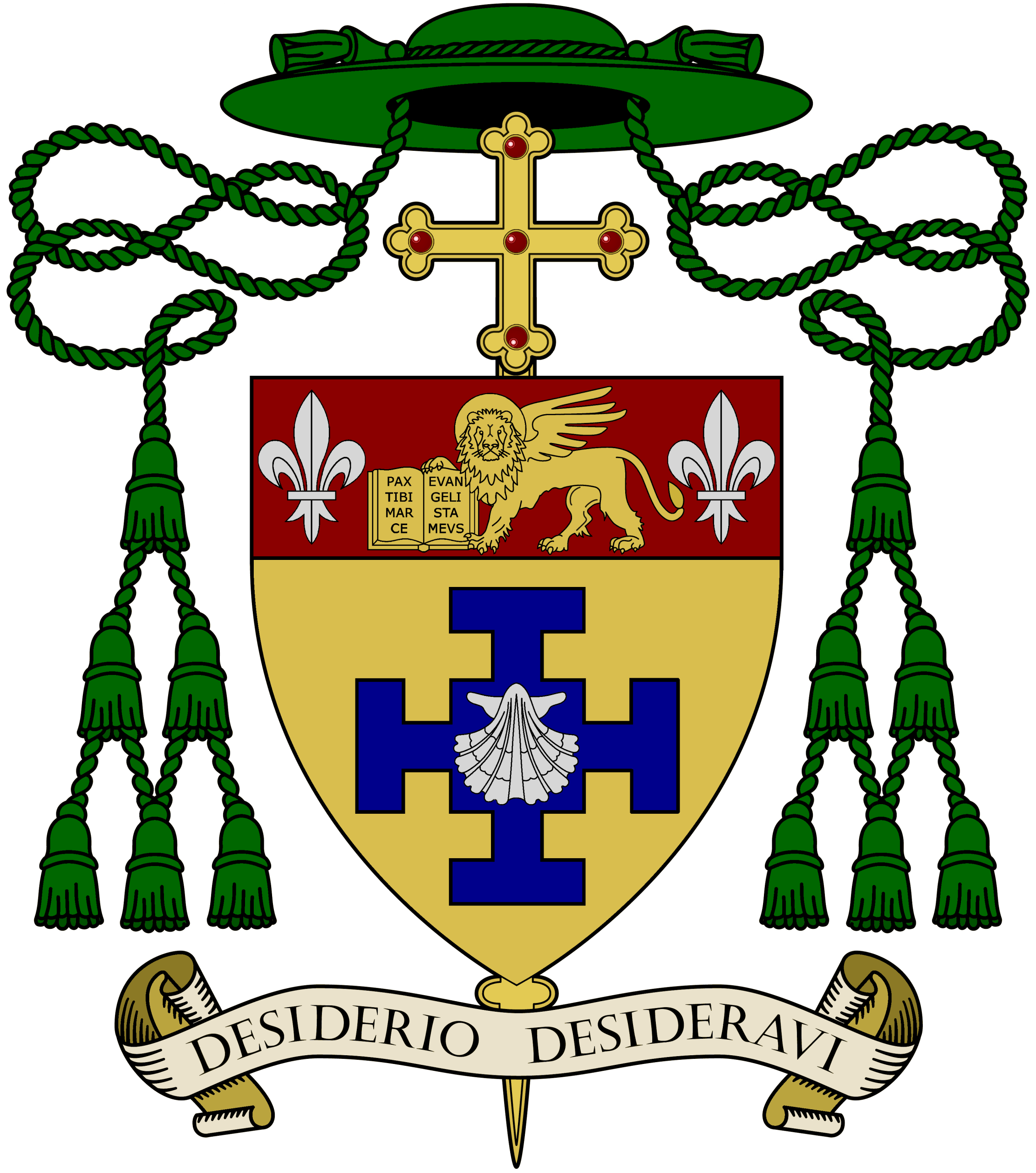The diocesan stock of church properties includes sites both ancient (Ss Leonard and Mary, Malton) and modern (the Cathedral), and much built in between. The work undertaken during the preparation of the Pastoral Plan 2006 has increased awareness of our church buildings, and the importance that people attach to them. We need to ensure that as we move forward, full account is taken of the architectural and historic interest of our churches, along with all the other necessary considerations.

The richness of our diocesan heritage has not always been fully recognised, either within the Church or by outside bodies though recently St Charles Borromeo, Hull, and other churches across the Diocese have been recognised in the book ‘Glimpse of Heaven’. English Heritage, the Government agency responsible for the listing of buildings, acknowledges that Catholic churches, not just in Middlesbrough but throughout the country, are not properly represented in the statutory lists. There are various reasons for this, but the practical effect has often been to the disadvantage of those churches and their congregations. Like all dioceses, we have a Historic Churches Committee (HCC) which ensures that when changes are proposed to any of our 23 listed historic churches, the special interest of the building is given due weight. With unlisted churches, whatever their significance, there is no such mechanism for protection. Furthermore, unlisted churches are generally unable to apply for grants for repairs (available from English Heritage and the Heritage Lottery Fund), or to benefit from the exemption from VAT that repairs to listed churches enjoy.

Bishop Crowley and his diocesan trustees decided a year ago that there should be a systematic and independent assessment of the parish churches of the diocese, to establish whether some of those that are currently listed need to have their listings reviewed, and whether there are any others whose historical and architectural importance has not been properly recognised by listing. This work is expected to start in early October. With the agreement of the Abbot, the assessment will also include Ampleforth Abbey church, as well as other Benedictine parish churches served from Ampleforth. The assessment will therefore look at all churches in the diocese that are used for regular parish worship. Its recommendations will help us in our future planning, and help the HCC and English Heritage to come to a view when major changes to churches are put forward.
The assessment is being made with the co-operation of the Patrimony Committee of the Bishops’ Conference and with generous financial support from English Heritage. It is being led by the Architectural History Practice (AHP), a historic buildings consultancy which has carried out similar reviews of the dioceses of Lancaster and Portsmouth, and is currently engaged in reviews of the Archdiocese of Liverpool and the Diocese of Leeds. AHP have already begun their work, and it is anticipated that it will be completed by March 2008.
